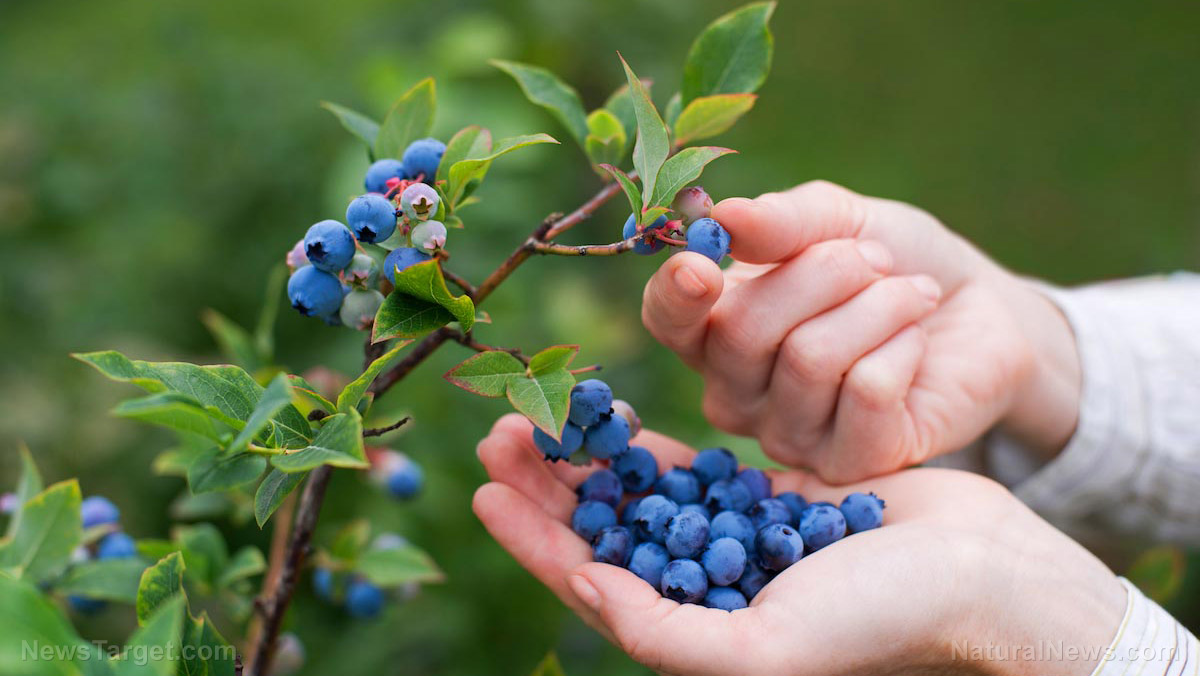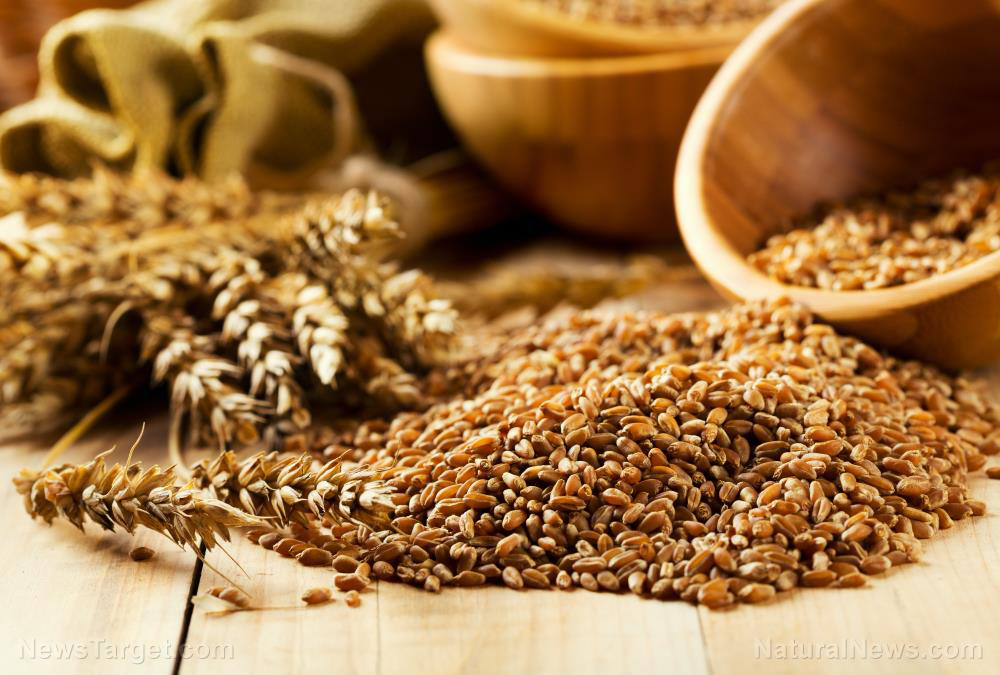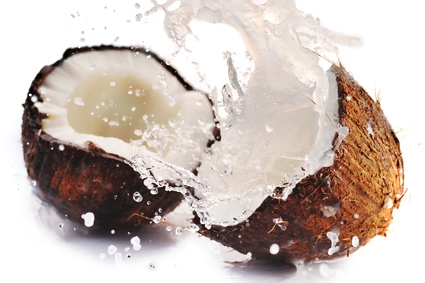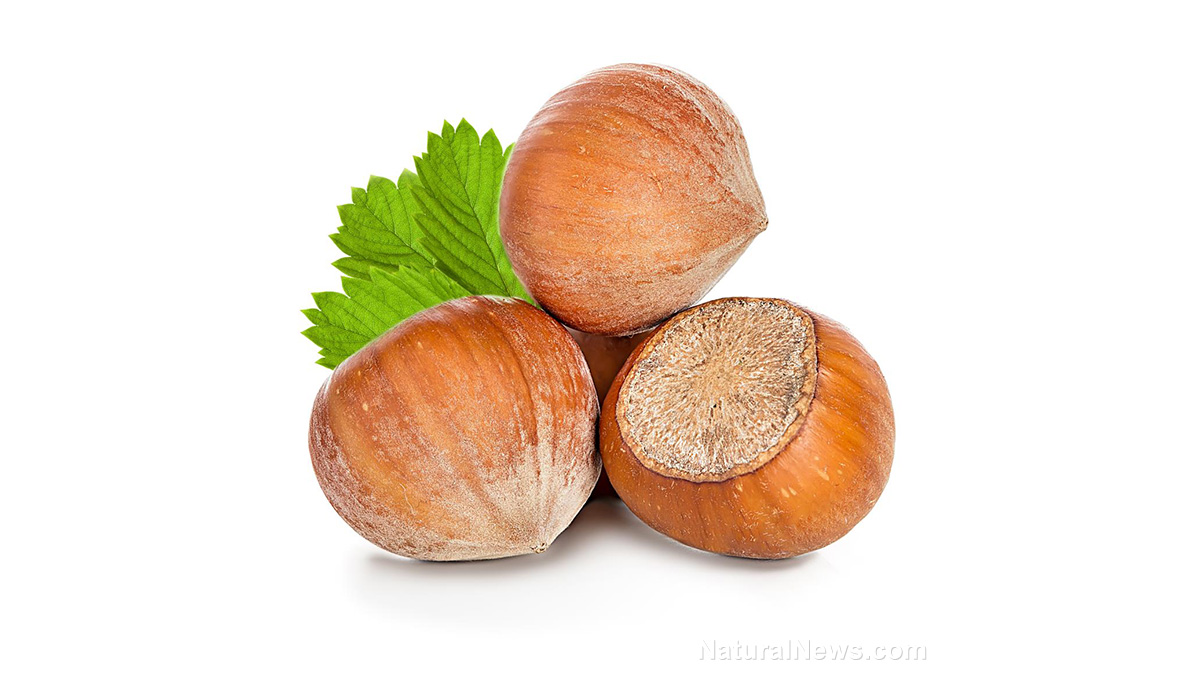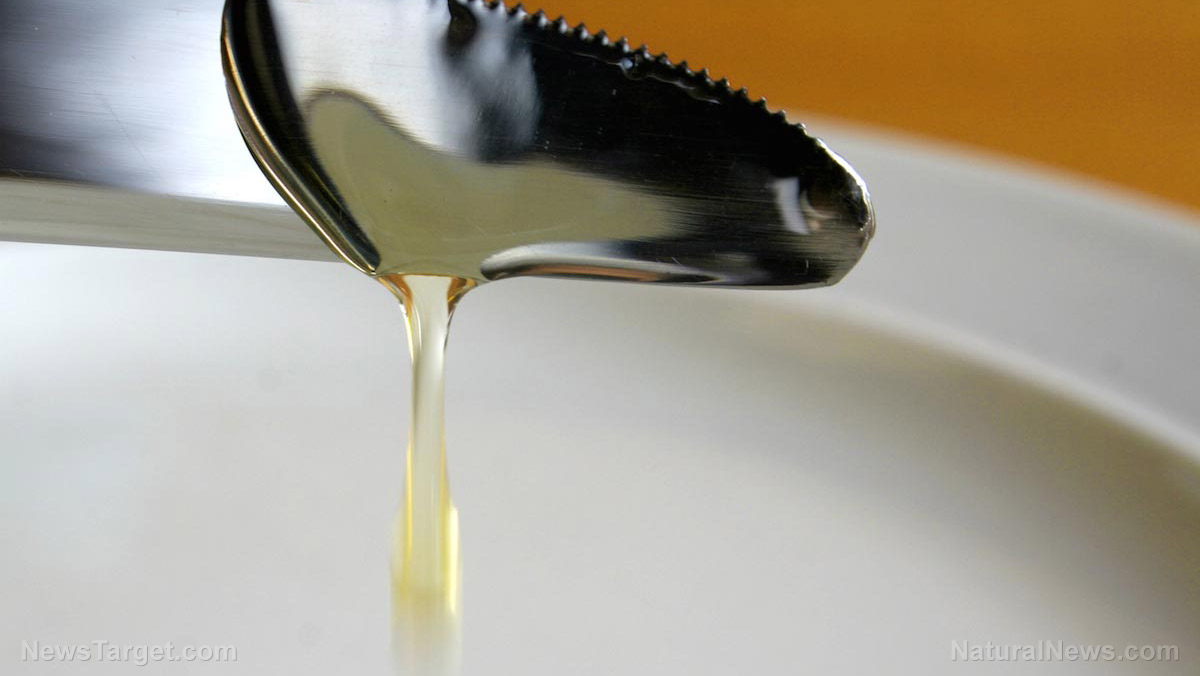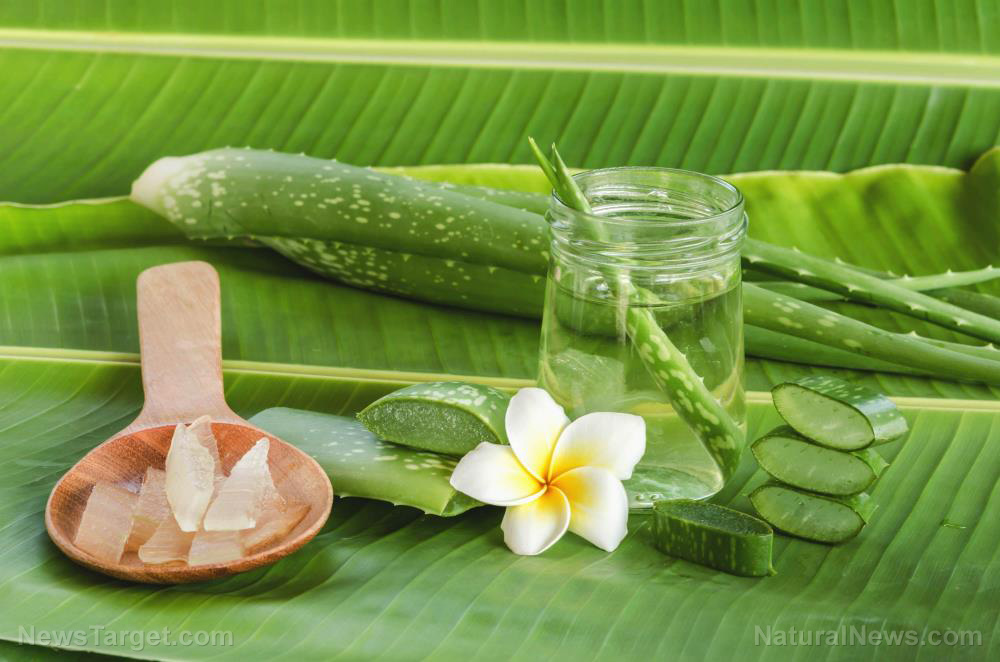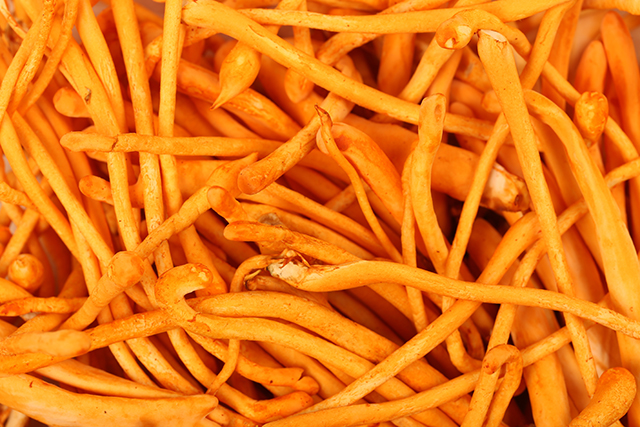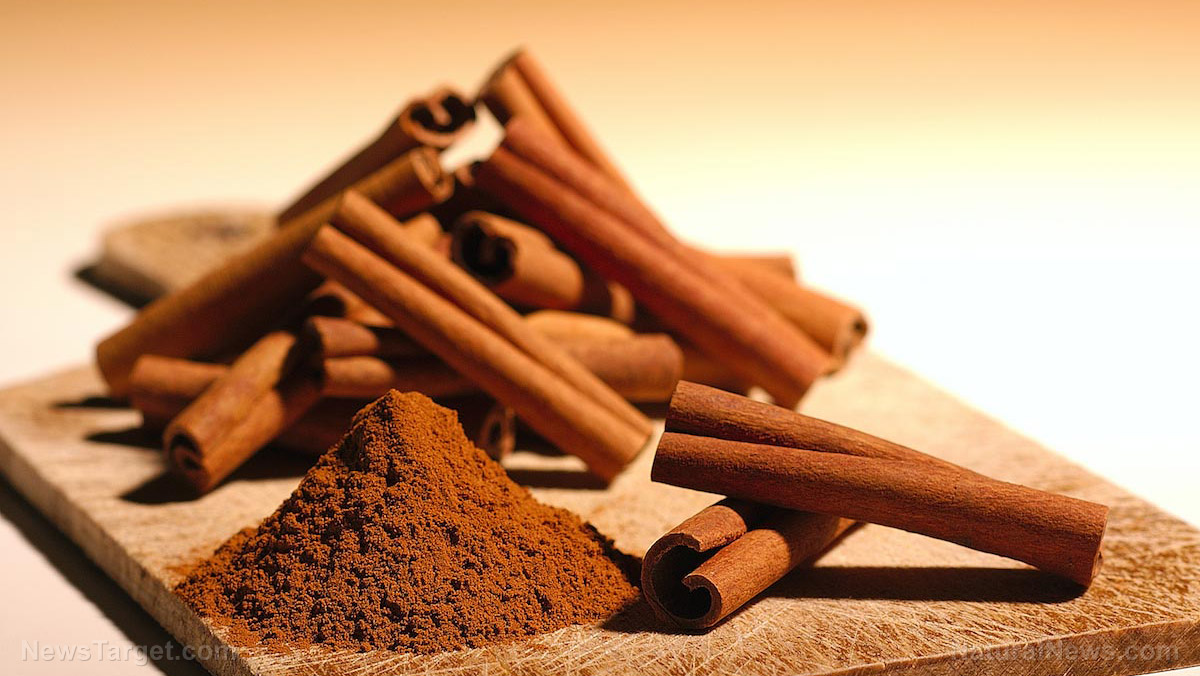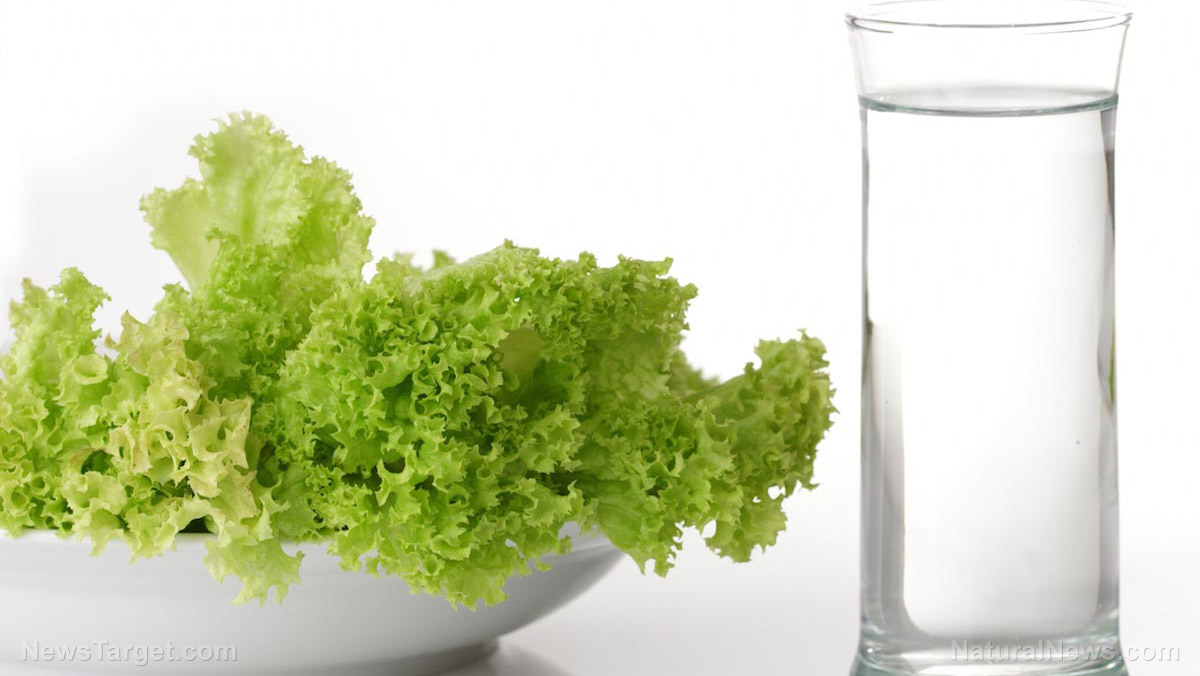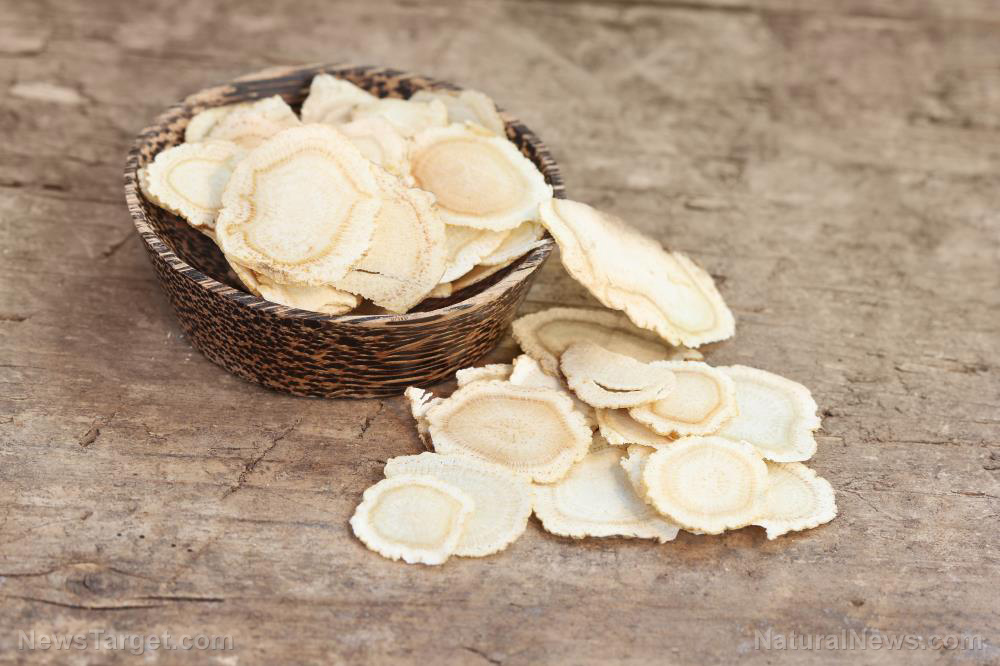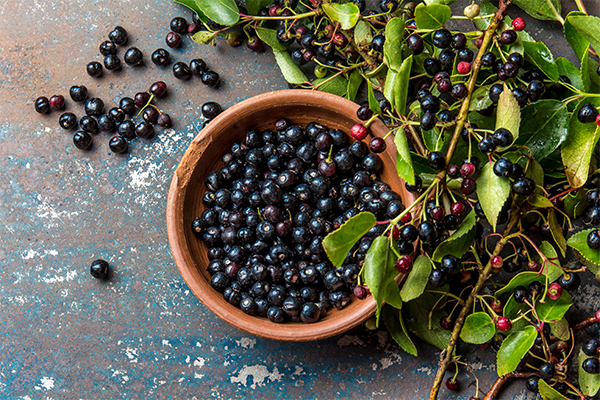This traditional African medicine can naturally prevent diabetes, says study
04/01/2021 / By Evangelyn Rodriguez

Bridelia ferruginea is a straggly tree commonly found in the Savannah region. It is widely used in Traditional African Medicine for the treatment of bruises, boils, burns and arthritis. According to studies, the plant’s anti-inflammatory properties make it an effective remedy for these ailments.
The stem bark of B. ferruginea also possesses other medicinal properties, such as anti-ulcer, anti-diarrheal, antimicrobial, analgesic, purgative and anthelmintic properties. Researchers attribute these biological activities to the presence of various active compounds, such as quinones, gallotannins, catechic tannins, polyphenols, flavonoids, alkaloids, polyterpenes, sterols and saponosides.
Aside from its bark, the leaves and leafy twigs of B. ferruginea are also used as folk remedies. In fact, herbal preparations that include these parts are sold in local markets in various parts of Africa. Tea made from the pulped bark of B. ferruginea is said to reduce fever and relieve headaches, while a decoction prepared using the same part is used for toothaches. On the other hand, a decoction made from B. ferruginea leaves, bark and twigs is said to be effective for diarrhea, dysentery and urethral discharge.
In a recent study, Nigerian researchers evaluated the antioxidant activities of B. ferruginea and its effect on the activities of key enzymes involved in carbohydrate metabolism. Their goal was to understand the mechanisms underlying the plant’s anti-diabetic effects. An animal study previously reported that the aqueous extract derived from B. ferruginea stem bark can lower blood glucose levels effectively.
To further explore the plant’s hypoglycemic activities, the researchers decided to test whether B. ferruginea leaf extracts can inhibit a-amylase and a-glucosidase activity. These enzymes are responsible for breaking down carbohydrates from food into smaller sugar molecules. The researchers reported their findings in an article published in the Journal of Integrative Medicine.
B. ferruginea can inhibit carbohydrate-metabolizing enzymes
B. ferruginea leaves are said to be rich in phenolic compounds that exhibit various biological activities. To determine if lowering blood sugar levels is one of them, the researchers first obtained phenolic-rich extracts from B. ferruginea leaves and quantified their total phenolic and flavonoid content. They then evaluated the antioxidant activities of the extracts using assays that measure ferric-reducing antioxidant power, total antioxidant activity (phosphomolybdenum-reducing ability) and DPPH- and thiobarbituric acid-scavenging activity. They also evaluated the extracts’ ability to inhibit a-amylase and a-glucosidase activity in vitro.
a-Amylase, the major form of the enzyme amylase found in the human body, is the main digestive enzyme in saliva. Its primary function is to break down complex carbohydrates like starch and convert them into small sugar molecules. a-Glucosidase, on the other hand, is a membrane-bound enzyme found in the lining of the small intestine. It further breaks down the products of a-amylase digestion into glucose molecules that can be absorbed by the body. Disrupting a-glucosidase activity helps delay the digestion of carbohydrates, which reduces the amount of glucose molecules that enter the bloodstream. Because they can keep blood sugar levels stable, a-glucosidase inhibitors are commonly prescribed to treat Type 2 diabetes.
The researchers found that the total phenolic and flavonoid content of the unbound B. ferruginea extract was significantly larger than that of the bound phenolic-rich extract. The former also exhibited significantly greater antioxidant activity than the latter. In addition, the free phenolic-rich extract had a significantly greater inhibitory effect on a-glucosidase activity than the bound phenolic-rich extract. However, the former had significantly lower inhibitory activity against a-amylase than the latter. (Related: Wild mint can prevent blood sugar spikes after meals, reports study.)
Based on these findings, the researchers concluded that the phenolic-rich extracts of B. ferruginea have potent antioxidant properties and can be used to inhibit key carbohydrate-metabolizing enzymes to control blood glucose levels naturally.
Sources include:
BMCComplementMedTherapies.BiomedCentral.com
Submit a correction >>
Tagged Under:
Alpha-amylase, alpha-Glucosidase, alternative medicine, anti-diabetes, antioxidants, blood sugar, herbal medicine, Herbs, natural cures, natural medicine, phytonutrients, plant medicine, prevent diabetes, remedies, research
This article may contain statements that reflect the opinion of the author
RECENT NEWS & ARTICLES
BloodSugar.News is a fact-based public education website published by Blood Sugar News Features, LLC.
All content copyright © 2018 by Blood Sugar News Features, LLC.
Contact Us with Tips or Corrections
All trademarks, registered trademarks and servicemarks mentioned on this site are the property of their respective owners.

